As the female incubates the eggs, the male enters the hole only to feed the female. Most eggs hatch at 15 days. The female eats the egg shells, some believe for the calcium. Both parents feed the young and fledging normally occurs within 18 days. The young stay with their parents for another two weeks after fledging and subsequently disperse.
Saturday, January 25, 2014
Chickadee
Pairs bond sometime during the winter flock period and
begin to build a nest by late May. The nests are located
in holes in trees. Usually the female begins excavating
the cavity with some assistance from the male. The nest
itself is built of soft materials, like hair, fur, and a
few feathers, on a base of dry moss. The female alone
lines the nest while the male remains nearby. Egg laying,
in clutches of one to 11 eggs, begins two or three days
later.
As the female incubates the eggs, the male enters the hole only to feed the female. Most eggs hatch at 15 days. The female eats the egg shells, some believe for the calcium. Both parents feed the young and fledging normally occurs within 18 days. The young stay with their parents for another two weeks after fledging and subsequently disperse.
As the female incubates the eggs, the male enters the hole only to feed the female. Most eggs hatch at 15 days. The female eats the egg shells, some believe for the calcium. Both parents feed the young and fledging normally occurs within 18 days. The young stay with their parents for another two weeks after fledging and subsequently disperse.
Subscribe to:
Post Comments (Atom)

.jpg)




 Alaska Time
Alaska Time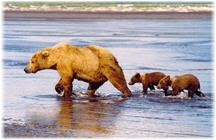








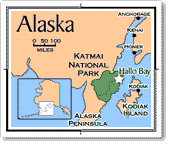

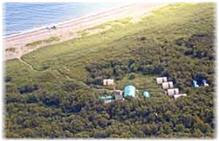


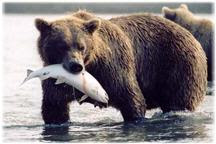
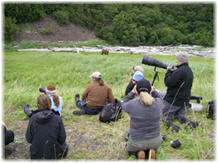




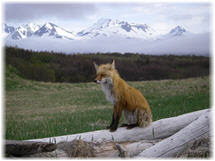
















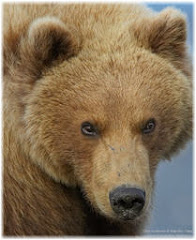




No comments:
Post a Comment